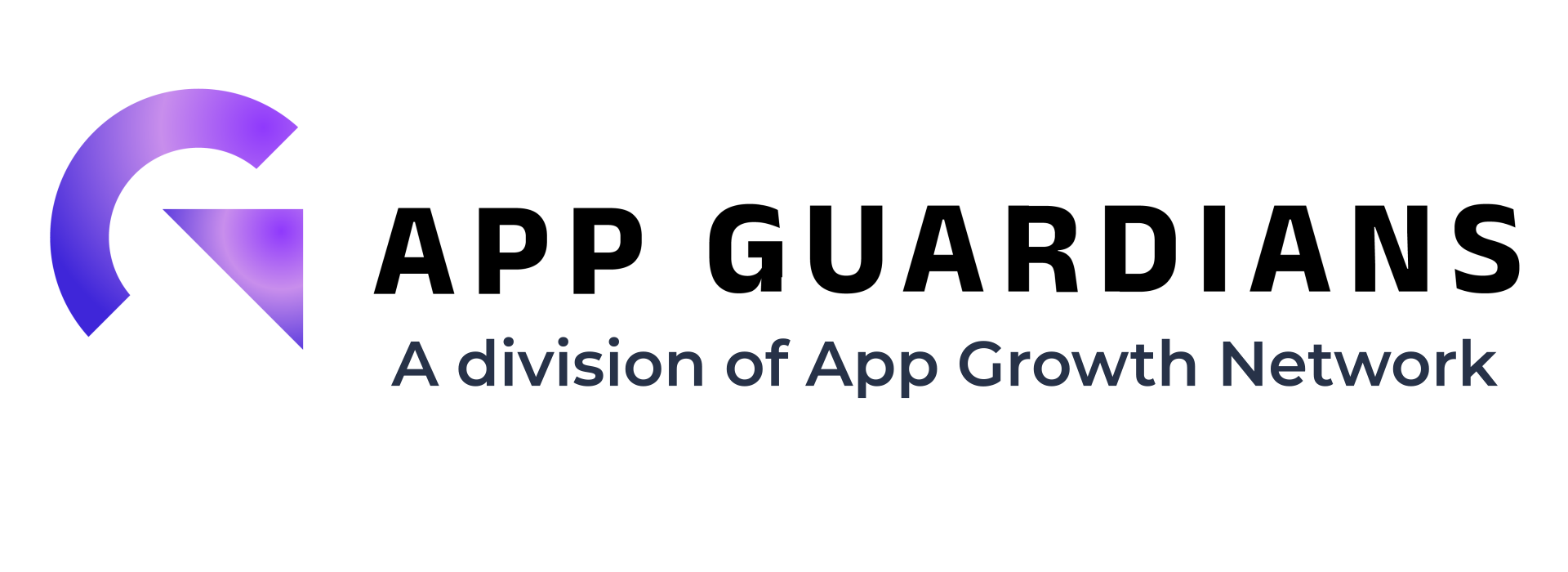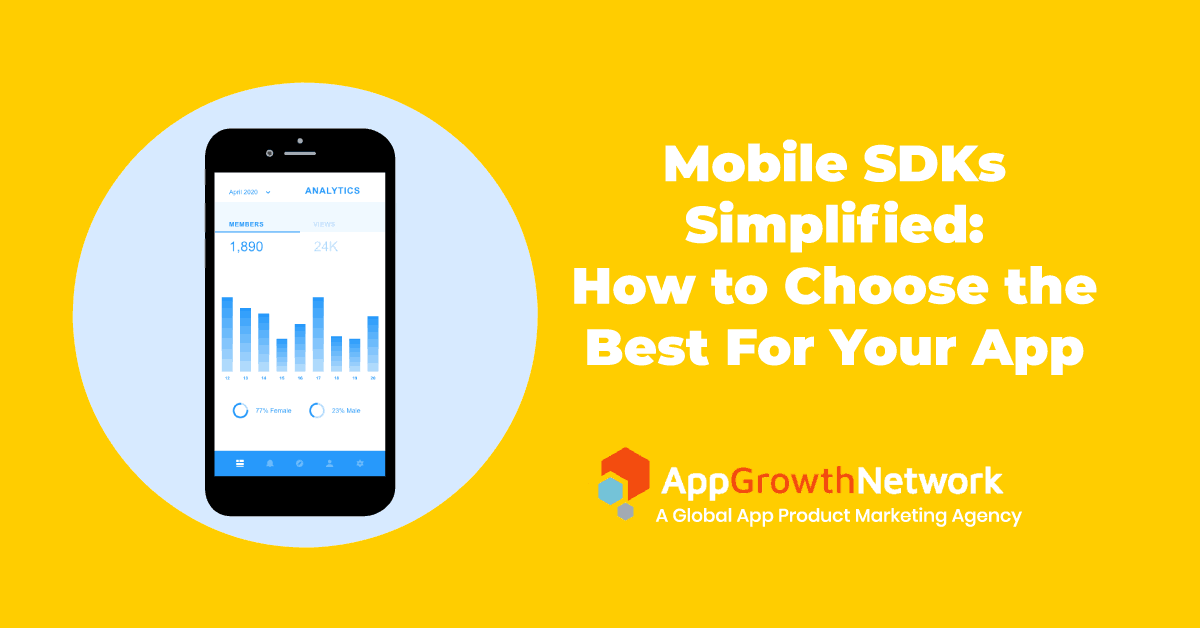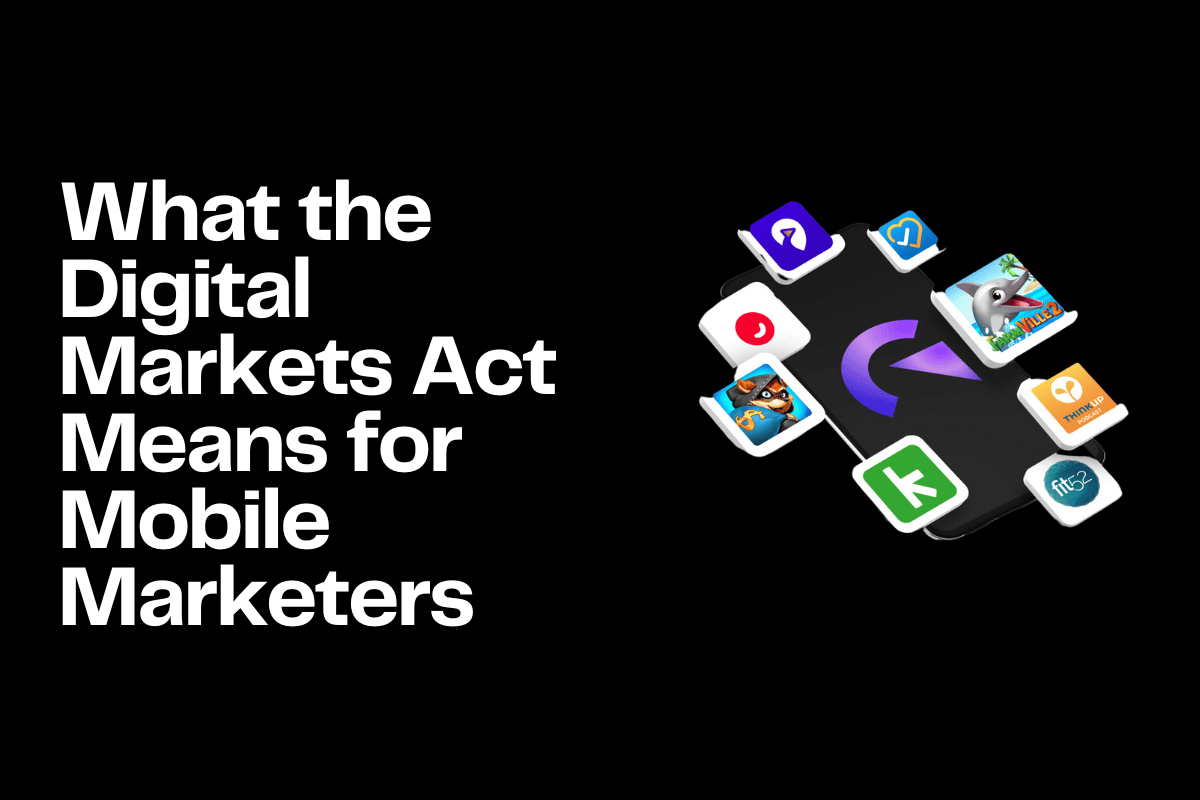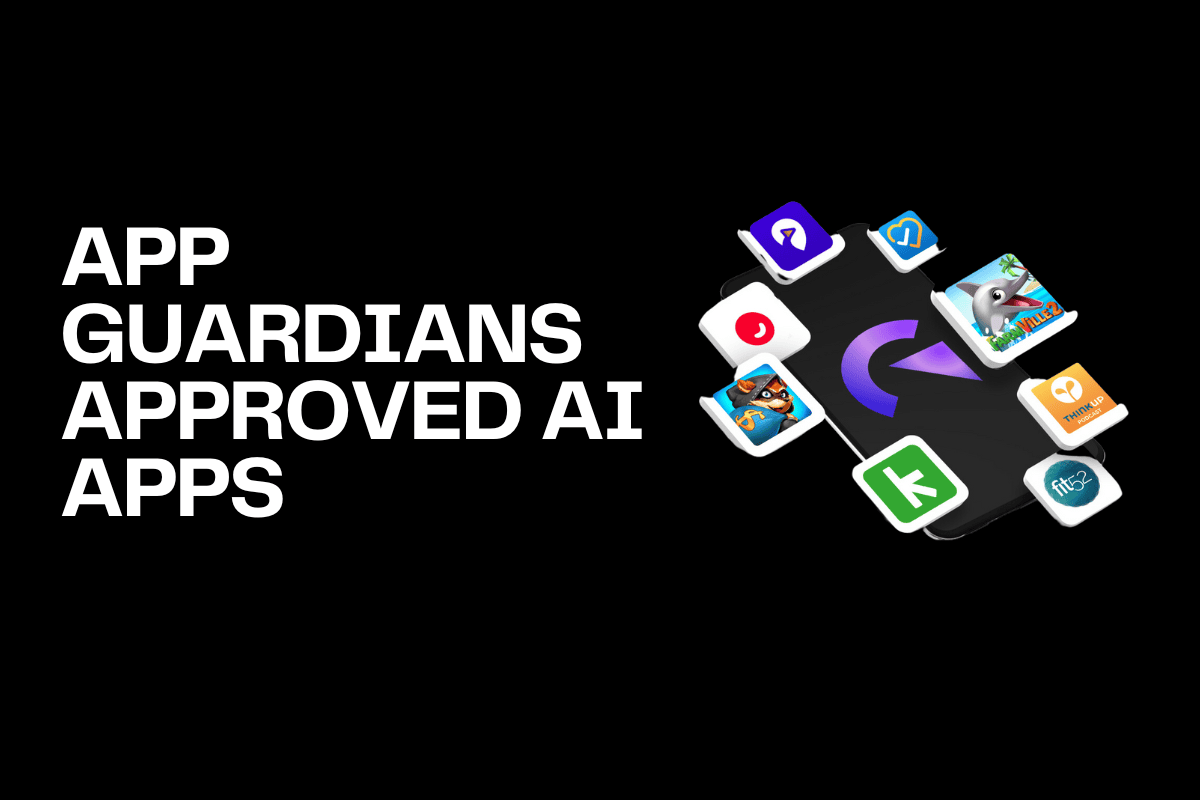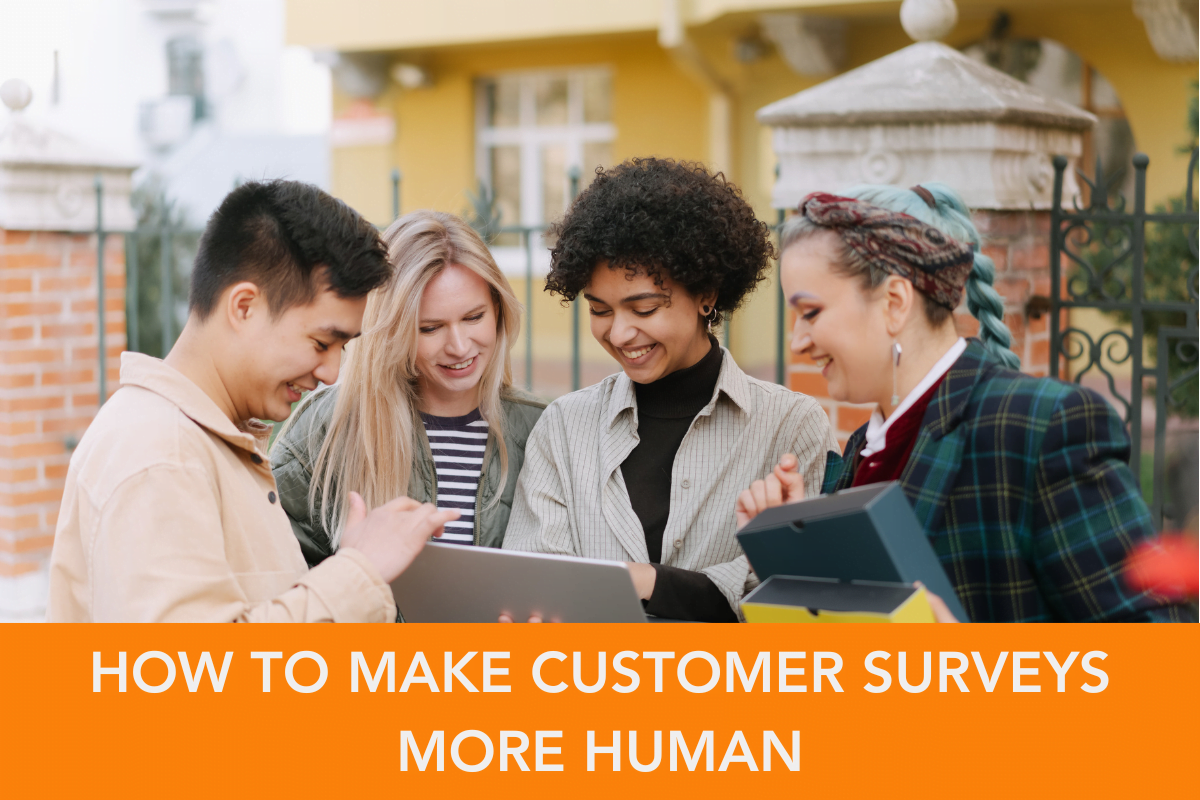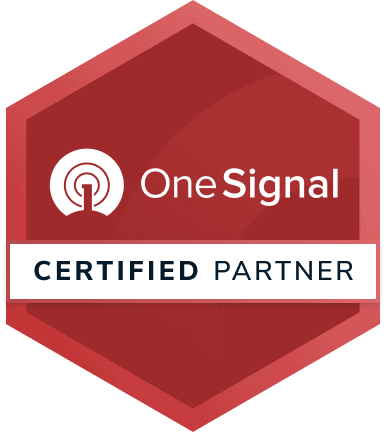Mobile App Tools (SDKs) Simplified: How to Choose the Best For Your App
For some, the world of mobile SDKs (Software Development Kits) is fascinating, perhaps even straightforward to comprehend. But for many, it’s like going down the rabbit hole. So many types, versions, functions and categories to sift through – serving different needs – like analytics, advertising, attribution, user engagement, customer self-serve (like chatbots), monetization…you get the idea. The more you start looking, the deeper and deeper you get.
To provide a point of reference, SafeDK 2018 data shows that the average number of SDKs in an Android mobile app is around 18 – and usually higher in gaming apps.
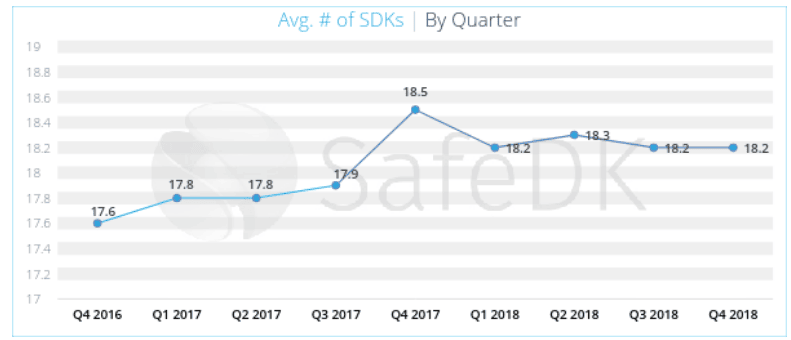
So, let’s cut to the chase. Does your app really need that many SDKs? How do you figure out which types you need and which ones will best serve your app product’s objective?
That’s why we’ve put together this simple (or at least simpler) guide to help you identify where to focus your app SDK selection efforts – or, at the very least, provide a starting point. We’ll go through the top 3 types of mobile app SDKs:
- Mobile App Attribution
- Mobile App Analytics
- Mobile App Engagement
Top 3 Types of Mobile App Tools
1. App Attribution SDKs
If you’re doing app marketing (which we hope you are!), it’s critical to know how effective your efforts are and which aspect of the marketing is working best. Not only is this important for obvious monetary reasons, but it keeps you from wasting valuable time and energy.
This is where a mobile attribution tool comes in. Having an attribution SDK in place helps to attribute an app install to the source of user acquisition and the marketing campaign on a single platform. You can see exactly which ads on which channel delivered which users, right down to the exact campaign creatives those users see. By keeping track of the attribution source, you’re able to optimize budgets to identify which source is bringing the highest quality users and adjust accordingly.
What factors should you evaluate when selecting the right mobile attribution tool for your mobile app?
- Attribution methodology
- Dashboards & reporting
- Retargeting attribution
- Uninstalls reporting
- Fraud detection
- Integrations with self attributing networks (like Google Ads, Facebooks etc.)
- Platform pricing based on your needs & budgets
As for how many you need for an app, you’ll want to pick one attribution SDK that best suits your needs, based on the pricing and usage.
We’ll briefly introduce the most popular mobile attribution tools below, but for a more detailed explanation, please read our top attribution tools blog post.
Adjust is perhaps the most well-known industry leader of mobile attribution platforms. Its product offerings include Attribution, Analytics, Fraud Prevention, a Control Center and an Audience Builder.
Appsflyer is the most widely used free app attribution tool on the market. In addition to providing mobile attribution solutions, it also includes marketing analytics and fraud prevention. It boasts a people-based attribution model that gives a holistic view of all users’ devices, platforms and channels.
Branch is another popular attribution and analytics tool. Its product offerings include attribution for visibility of all your marketing activities, deep linking that work across all channels and platforms, fraud prevention and more.
2. App Analytics SDKs
There are a number of mobile app analytics tools available on the market that make the job of app developers, app marketers, and product managers a bit easier. Using the right mobile app analytics tools and keeping a track of actionable metrics is important for growing your mobile app.
What factors should you evaluate when selecting the right data analytics tool for your mobile app?
- Key metrics you want to measure
- Team expertise
- Pricing
As for how many analytics SDKs you need for an app, much will depend on the app store that your app is launched, along with pricing and level of analytics that is important for your app – which can vary greatly by the category/type of app it is. Overall, we recommend choosing 2-3 SDKs from the list of most popular App Analytics tools outlined below.
This is a must-have for Android apps.
Google Play Console statistics allow you to see metrics like App User, Device, Uninstalls, App Ratings, and Conversions – along with Android app vitals like stability, render time, permissions, battery and sends crash data is linked to pre-launch reports. Also, User Acquisition reports show app retention based on acquisition sources.
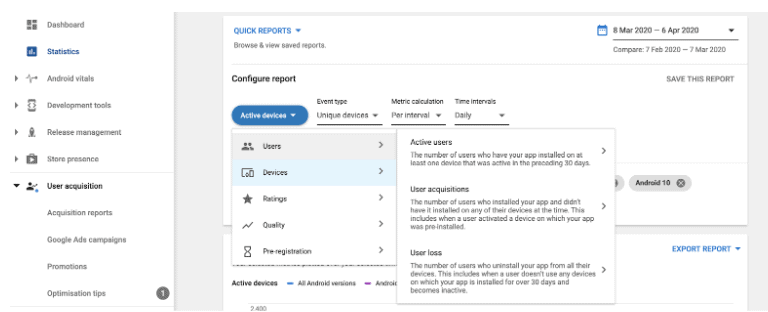
It offers release tools like a release dashboard to track a new release and monitor metrics and allows you to stage rollouts so that you can catch and fix issues in stages.
Their business growth tools include store list experiments, Google Ad campaigns, acquisition reports, translation services and a subscription dashboard.
A must-have for iOS apps.
App Analytics lets you measure user engagement, marketing campaigns, and monetization for your iOS and tvOS apps with aggregated metrics such as App Store Impressions, Product Page Views, App Units, Sales, Installations, Sessions, and more.

Firebase is popular because of its variety of products and use cases. It’s built on Google infrastructure and scales automatically, which is helpful for apps of all sizes. It offers a generous free version and a more advanced pay-as-you-go plan.
Its most helpful uses include a smooth onboarding flow by giving users an intuitive sign-in process, a customized “welcome back” screen to create a positive, personalized experience for each user, a progressive roll-out to test out new features, option to add in-app chat, and ad optimization based on user behavior.
This product has a lot to offer, so it’s worth checking out to see if the pricing and level of sophistication make sense for your product.

Mixpanel is an intuitive app analytics system that provides clear visualization of all your app-related activity. You can collect key customer data like conversion, engagement and retention real-time data across all platforms, identify trends through tools like look-alike modeling and, optimize testing through real-time product experimentation and messaging,
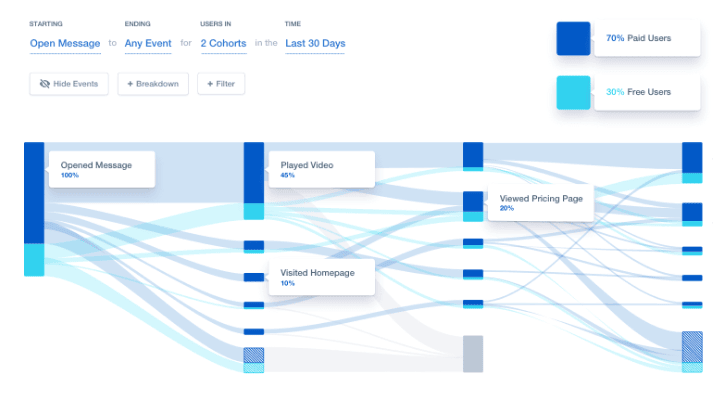
Another full-service analytics platform that offers different features at 3 different price points, one of which is free. The basic features core analytics, custom dashboards, team communication, unlimited data retention, APIs and integrations, and compliance security.
More advanced features are available with the monthly payment subscriptions like behavioral reports, monitoring and automation, in-app chat and advanced security options.
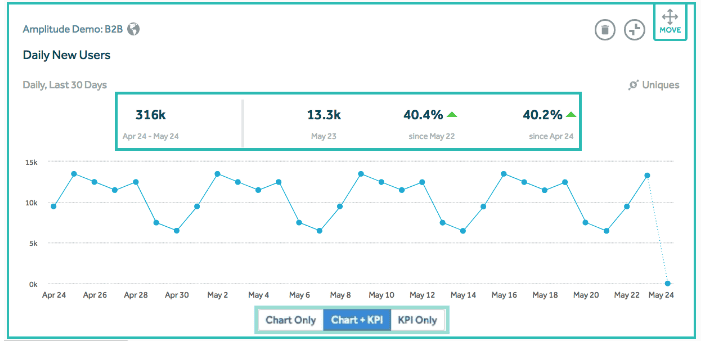
Facebook Analytics offers a variety of “people-first” analytics like providing data on user journeys, segments and demographics. There are features available for attracting new users, building products and growing revenue.
FB Analytics works with Facebook Pixel, SDK for iOS and Android, Pages, Messenger and more, for a seamless setup. The tool is free with a monthly cost for full-suite features.
Localytics does a great job of providing insights for deeper personalized user understanding. It provides insights that help you measure engagement effectiveness, prevent churn, drive conversions and understand uninstalls. It personalizes engagement through localization and omnichannel engagement through features like in-app notifications and contextual messages.
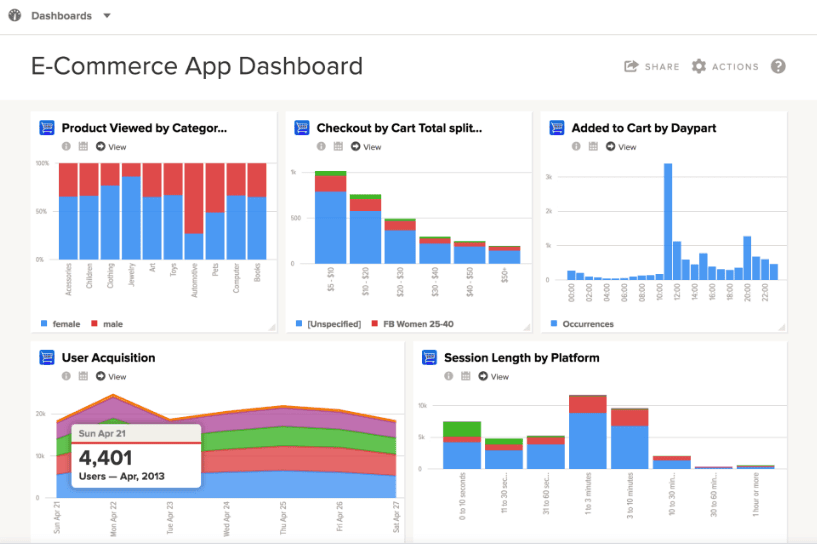
3. App Engagement SDKs
There are several options in this category worth researching. Because user engagement is so important for increasing app user retention, we recommend choosing 1 tool for your app product.
What factors should you evaluate when selecting the right engagement SDK for your mobile app?
- Engagement goal & channel – Which channels you would be engaging with user i.e. by sending in-app notification, push notifications, emails, SMS or any other channel
- Pricing – based on the number of active app user (MAU) & platform features
- Team Expertise – These tools are easy to configure but to use them to the full potential it is important to understand that do you have resources in-house or hire an agency who can help you with the integration with the tool along with ongoing experimentation to deliver growth for your app.
Here is the list of best tools to generate engaged users:
CleverTap uses Artificial Intelligence and Machine Learning to personalize the customer experience using real-time behavioral data. These predictive models allow for timely engagement opportunities based on user needs via push notifications and other relevant messaging. Through omnichannel channel campaigns, you can ensure a consistent user experience – across up to 12 unique channels.
CleverTap offers a base plan with 3 levels of premium add-on services.
This is another popular engagement tool that delivers real-time customer segmentation for automated messages at scale. You can automate targeted push notifications, emails, texts whether you’re looking to engage one-to-one or broadcast to a group.
Customer.io offers plans for a monthly cost – Basic and Premium.
Monengage lets you analyze user behavior, map user journeys and see drop-off points. You can segment users based on behavior and engage by creating omnichannel journeys for users across push notification, in-app messaging, email, SMS and retargeting. Their AI engine auto optimizes your campaign by identifying top-performing messages and sending at the most opportune time.
Moengage offers 3 plans – Starter, Growth and Enterprise.
Another advanced tool that delivers messages to users via relevant channels. Automation, optimization, personalization and predictive AI and more all part of the platform’s offerings.
Airship’s pricing model involves a flexible combination of their Engagement Channels and Analytics & Data editions plus an array of services based on individual needs.
Leanplum’s platform includes the Campaign Composer, a visual solution to help build contextual messaging across channels – push notifications, in-app messages, email, app inbox and app UI. It includes customer journey analytics and easy A/B testing.
You must contact Leanplum for a customized pricing plan via their website.
Their platform’s features include user analytics, segmentation, personalization and a user workflow journey designer. Available engagement channels include mobile and web push notifications, in-app messages, SMS, Whatsapp, email, Facebook remarketing and surveys.
WebEngage offers 4 plans – Solo, Band, Choir and Orchestra. You must contact them for pricing.
As you can see, even narrowing down the SDK field to the top 3 categories – with a selection of options for each – is a handful! But we hope this gives you a good idea of where to start and how to prioritize your needs.
Please remember that there is no “one size fits all” approach when it comes to mobile apps, so use this Mobile SDKs Simplified Guide to get you started and keep exploring other solutions that will best serve your app product and your business goals and objectives.
If you’d like to contact our knowledgeable team for help with your mobile analytics needs – or any other app marketing needs – we’d love to hear from you!
Related Articles
The Digital Markets Act and the Digital Services Act are two major pieces of legislature brought forth from [...]
The artificial intelligence trend is everywhere. It’s easy to get caught up in the mix when searching for [...]
For Wellness apps, the most challenging approach is the conversion of the user from passive to active. [...]
